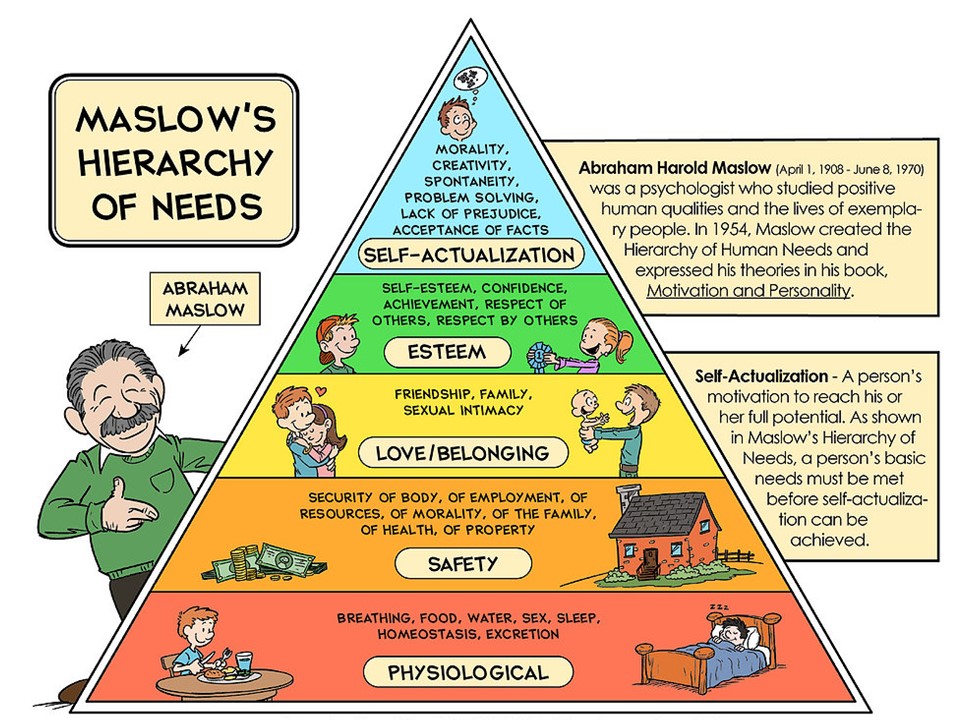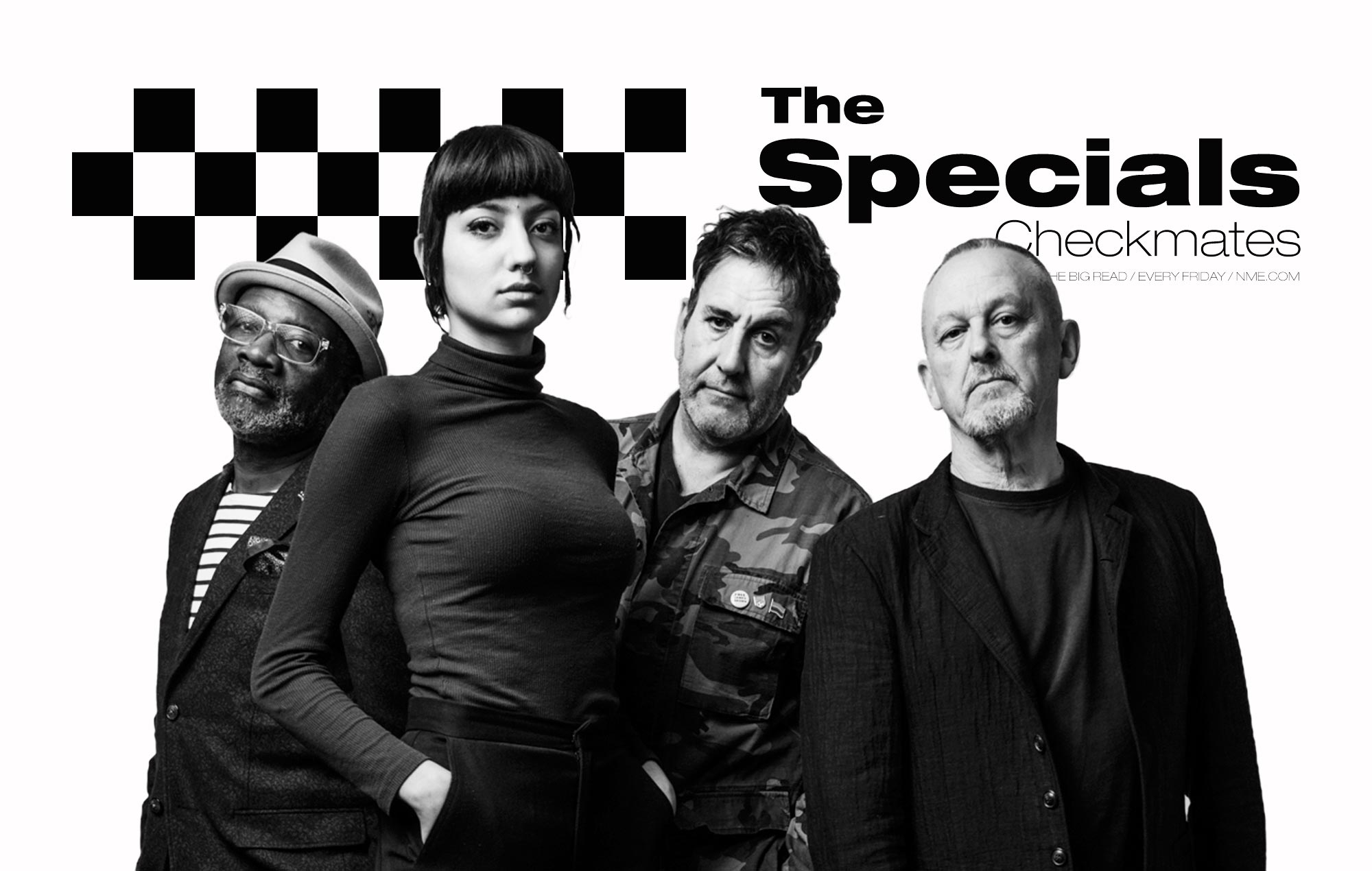Lara Croft of TOMB RAIDER fame is a video game icon. She was one of the first female protagonists in a gaming industry filled with women in supporting roles. And she has come a long way.
Embed Image Gallery:
Lara has a strikingly different look in the latest release of TOMB RAIDER. Her evolution of character development – both physical design and story depth – says something about how we see women in pop culture and society over the last two decades that transcends bra size and hip sway.
The Lara Paradox
Lara’s combined independence, strength, intelligence make her a great role model. She can speak several languages. She knows how to use more weapons than most military personnel. She was born with a silver spoon in her mouth and walked away from it all, only to prove her mettle with survival. She authored several books based on the skills earned hard. What’s not to love?
Lara’s first iteration began in 1993. Like a diamond created from immense pressure, her first rendering came from an exhaustive revision process. The plan was to make her a male character not dissimilar from Indiana Jones until someone requested a more original idea to avoid a lawsuit.
Trying to counterbalance the predominantly negative female video game roles of the day, Lara’s creator Toby Gard avoided hypersexualized and dumbed-down character traits. The goal was to keep her realistic in build and level headed in nature.
But wait – what about the physical proportions that spurred both controversy and infamy? They seem to fly in the face of the original designer’s intent.
A simple design fluke and marketing are afoot here. When Gard accidentally increased her breast size by 150 percent, the creative team insisted it was maintained. The parent company’s marketing team found this to be a boon to breaking through the noise that would buoy their success. Males playing as female protagonists were mostly unheard of when Lara hit consoles and computers in a male-dominated market. Gamers were used to seeing women play the role of victim, seductress, or evil villainess. A nervous marketing department saw a solution in her dramatic design.
Admittedly, the parent company climbed out of a $2.6 million-dollar deficit to a $14.5 million-dollar profit within one year after TOMB RAIDER’s debut. Whether it was her cunning, independence, or unheard-of proportions, Lara attracted the eyes of the world. She landed countless sponsorship opportunities for swimsuits, credit cards, music videos, and more.
At the heart of it all was a disillusioned creator. Gard lost creative input into his leading lady to market forces. The original vision for Lara Croft would’ve been too busy reading manuscripts, hunting down treasures, and learning new languages to be a bikini model.
Those early days of strong female protagonists broke through the familiar tropes of women in gaming, but did the reliance on exaggerated physique simply create a new trope for the “sexy adventuress”? Although Lara is strong and independent, her character was still at the whims of male fantasy with her physique – paradoxically reducing her to sex appeal when there is so much more to love about her.
Deeper into the tomb
Changes to Lara after the first TOMB RAIDER were detailed aesthetics. Additional polygons provided more dimensions. Physics were added to her iconic braid so it moved with her as she tumbled past obstacles and enemies. She learned new tricks, such as hijacking vehicles and using powerful weaponry. TOMB RAIDER II (1997) and TOMB RAIDER III (1998) saw more new tricks, new moves, and a new battle wardrobe.
Character development became more interesting in TOMB RAIDER: THE LAST REVELATION (1999). In this game we begin to see flashbacks to Lara’s childhood, building out her history beyond an adventurous babe. She makes a near-fatal mistake by swapping the incorrect artifact. Story, however, overtook innovation.
Despite a holdout in design improvements, this is the beginning of the deeper story of Lara Croft leading up to the latest TOMB RAIDER release.
Lara took a breather for TOMB RAIDER CHRONICLES (2000) as most of the game was untold adventure flashbacks. The development team took a few years to refocus the franchise and reboot Lara in THE ANGEL OF DARKNESS (2003). Despite game bugs, the story and Lara’s character received rave reviews. Here was a darker, edgier version as she struggled to clear her name. Her serious demeanor, black-hued wardrobe, and a glance that could kill showed that this time, it is personal.
“What Could Lara Do?”
After a struggling release of THE ANGEL OF DARKNESS, Eidos handed over development to subsidiary Crystal Dynamics, the franchise’s current developer, revived it back to the glory days of TOMB RAIDER II with a smart move: consulting with the original creator Toby Gard. A mantra of “What Could Lara Do?” refocused efforts to create a more lifelike version of our favorite adventure heroine. In addition to design improvements, Lara was markedly given more focus on the end goal and less on the glorification of violence.
In TOMB RAIDER: LEGEND (2006), Lara’s appearance has improved with rich rendering and yet another refreshed wardrobe. Her dramatic proportions were retained – and even exaggerated – with a V-neck, midriff-exposing shirt. She was beginning to reach reality with the help of Gard: fluid movements, smooth game mechanics, and beautiful cinematic cut scenes.
Mother – daughter dynamics
Something to celebrate about LEGEND is its rare plot line that focuses on the relationship between two women. Lara’s backstory is brought to the forefront with the search of her mother. Although women are commonly brought to the forefront of gaming, many of them rely on male-female plot devices: the father training her daughter with an absent mother, the brawny man partnering up with the woman to help her overcome challenges, the lost lover that the woman is in search of.
If we’re talking true female empowerment, it’s important that we experience the less-common mother-daughter plot. It is an example of how women can fend for themselves without male reliance. Too often in media we see women pitted against each other, which reduces the common bond and power that women share. LEGEND breaks this trend – and proves a two-woman plotline can break records.
After a successful reboot of the original in TOMB RAIDER: ANNIVERSARY (2007), Crystal Dynamics and Gard were eager to rock their new Lara design on the final story in their trilogy. TOMB RAIDER: UNDERWORLD (2008). Here, like before, her proportions remain but her realism is embodied in innovation. Hiring a Hollywood stunt actress breathed new life into Lara’s movements to be completely realistic.
Lara’s new era
UNDERWORLD’s underwhelming sales prompted an overhaul of the TOMB RAIDER brand. Eidos was acquired by Japanese publisher Square Enix, which presented a perfect opportunity to reboot a series that seemed to be fading into the sunset. The team wanted a Lara that deeply resonated with people at a human level – and particularly with female gamers when nearly half of the video game-playing population is female. Now the team was ready to completely make over TOMB RAIDER (2013). Emphasis was placed on Lara’s depth of character instead of her physique. Realistic proportions made her more accessible as a person.
Her natural beauty shines through with consistent distances between her facial features and the shape of her lips instead of a polished veneer and pronounced chest. Her clothing is timeless. (I’d imagine cargo pants help protect you a little better instead of short-shorts when trying to survive.) Wind-swept hair sticks to the blood on her face. She patches herself up wherever she can with ragged cloth. Her come-hither eyes are replaced with stony determination.
This time her story is less about the glories of adventure and treasure. She is green to violence and crosses an emotional threshold as she grapples with murder.
We want to know this woman. We want to know what she’s been through. There’s something deep down in all of us that can relate to the new Lara. (Hopefully not on such dark terms.)
Empowering a generation of women
The latest TOMB RAIDER release coincided with a renewed effort to speak out against objectification. A male developer was fired after being called out by a woman for making sexual jokes. It ignited a debate across the Internet about how we address gender relations in professional and public settings.
On the heels of this conversation, TOMB RAIDER’s own community manager Meagan Marie wrote a brave blog post calling out inappropriate behavior directed at her panel of Lara Croft cosplayers at a gaming convention. Meagan’s story inspired many others to share theirs, including the awareness campaign Cosplay ≠ Consent.
I take heart that the story of Lara is woven into the dynamics at play here: sexual objectification, female empowerment, and her ability to inspire a generation of women to take a stand. Lara has blazed a trail for women in video games – and we will continue to evolve alongside her.







